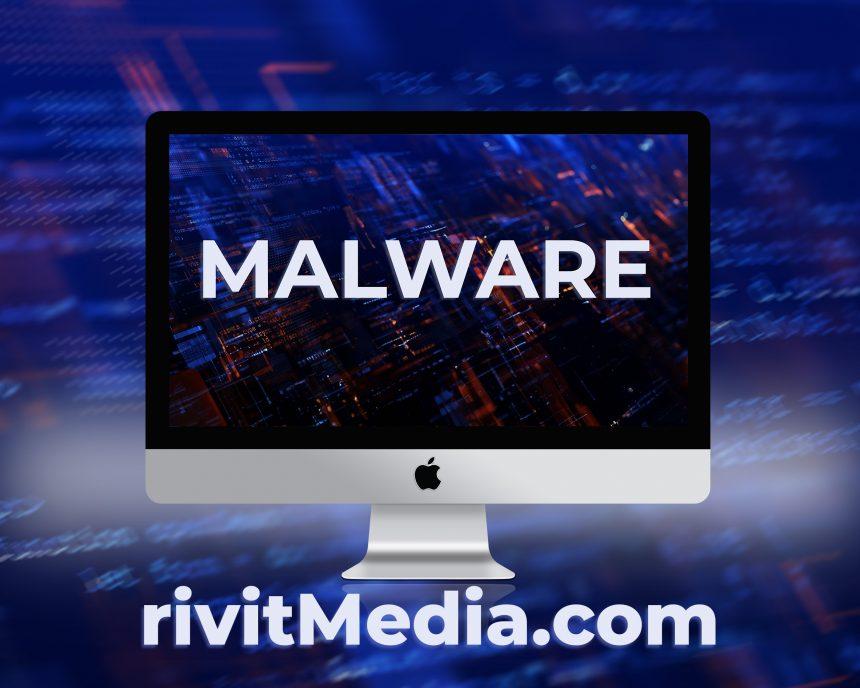In the ever-evolving landscape of cybersecurity, the emergence of new threats poses significant challenges to individuals and organizations alike. One such threat, dubbed “Magnet Goblin” by researchers, has recently come into the spotlight for its financially motivated cyber activities. This threat actor, known for its persistence and adaptability, exploits known vulnerabilities in public-facing services to distribute tailored malware to unpatched Windows and Linux systems, leaving a trail of havoc in its wake.
Uncovering Magnet Goblin’s Modus Operandi
The modus operandi of the Magnet Goblin threat actor revolves around exploiting vulnerabilities in a variety of public-facing services. Initially targeting Magento servers through CVE-2022-24086, they have since expanded their arsenal to include vulnerabilities in Qlik Sense and Ivanti Connect Secure VPN devices, among others. Notably, recent vulnerabilities in Ivanti Connect Secure VPN, such as CVE-2023-41265 and CVE-2023-41266, have become favored entry points for the Magnet Goblin.
Utilizing a range of custom Windows and Linux malware, Magnet Goblin’s toolkit includes infamous tools like NerbianRAT and its Linux variant, MiniNerbian, which function as remote access trojans (RATs) and backdoors for command execution. Moreover, they employ the WARPWIRE credential harvester, Ligolo tunneling tool, and legitimate remote monitoring and management (RMM) utilities like ScreenConnect and AnyDesk to further their malicious activities.
While researchers have not definitively established a direct link, Magnet Goblin’s tactics bear resemblance to those employed in the Cactus ransomware campaign of December 2023, particularly in targeting vulnerable internet-facing Qlik Sense instances. This suggests a level of sophistication and coordination within the cybercriminal landscape.
Consequences of Magnet Goblin’s Activities
The consequences of Magnet Goblin’s activities can be severe and far-reaching. By exploiting known vulnerabilities in public-facing services, they gain unauthorized access to systems, allowing for the deployment of custom malware. The use of remote access trojans (RATs) and backdoors facilitates persistent access, enabling the theft of sensitive data, unauthorized surveillance, and even the potential for ransomware attacks.
Moreover, the widespread adoption of 1-day vulnerabilities by Magnet Goblin underscores the urgency of patch management and the importance of proactive cybersecurity measures. Failure to address these vulnerabilities in a timely manner can leave systems exposed to exploitation, resulting in financial losses, reputational damage, and regulatory repercussions.
Detection and Removal
Detection and removal of Magnet Goblin’s malware require a multi-faceted approach, encompassing both proactive prevention measures and reactive response strategies. Here are some steps to effectively detect and remove Magnet Goblin’s malware from infected systems:
- Identify Indicators of Compromise (IOCs): Begin by identifying potential indicators of compromise (IOCs) associated with Magnet Goblin’s malware, such as file hashes, network traffic patterns, and unusual system behavior.
- Use Antivirus and Anti-Malware Tools: Employ reputable antivirus and anti-malware tools to scan and detect malicious files and processes associated with Magnet Goblin’s malware, utilizing up-to-date signature databases and heuristic analysis capabilities.
- Isolate Infected Systems: Isolate infected systems from the network to prevent further spread of malware and minimize damage to other systems and data.
- Manually Remove Malicious Files: Manually remove malicious files and processes associated with Magnet Goblin’s malware, following guidance provided by cybersecurity experts or utilizing specialized malware removal tools designed for this purpose.
- Restore from Backup: If possible, restore affected systems from clean backups to ensure the removal of malware and the restoration of normal system functionality.
- Implement Security Updates: Immediately apply security updates and patches to address known vulnerabilities exploited by Magnet Goblin’s malware, reducing the risk of future infections.
- Monitor for Anomalies: Continuously monitor systems for any unusual activity or signs of reinfection, utilizing intrusion detection systems (IDS), endpoint detection and response (EDR) solutions, and security information and event management (SIEM) platforms.
Preventative Measures
Preventing future infections by Magnet Goblin and similar threats requires a proactive approach to cybersecurity. Here are some best practices to minimize the risk of exploitation:
- Patch Management: Maintain a comprehensive patch management program to promptly apply security updates and patches for operating systems, software applications, and firmware, addressing known vulnerabilities and reducing the attack surface.
- Network Segmentation: Implement network segmentation to restrict access to sensitive systems and resources, limiting the lateral movement of malware within the network and containing potential infections.
- User Awareness Training: Provide regular cybersecurity awareness training to employees and users, educating them about common phishing tactics, social engineering techniques, and best practices for secure computing.
- Access Control: Enforce the principle of least privilege (PoLP) to restrict user access rights and privileges based on job roles and responsibilities, minimizing the potential impact of compromised accounts and unauthorized access.
- Security Monitoring: Deploy robust security monitoring and logging solutions to track and analyze network traffic, system activity, and user behavior, enabling early detection of suspicious activity and rapid response to potential threats.
- Endpoint Protection: Implement endpoint protection solutions, including antivirus software, intrusion prevention systems (IPS), and endpoint detection and response (EDR) tools, to defend against malware and other malicious activities targeting endpoints.
- Regular Security Audits: Conduct regular security audits and vulnerability assessments to identify and remediate weaknesses in IT infrastructure, applications, and configurations, strengthening overall security posture.
By adopting these preventative measures and maintaining vigilance against emerging threats, organizations can effectively mitigate the risk posed by Magnet Goblin and safeguard their critical assets against cyberattacks.
In conclusion, the Magnet Goblin threat represents a significant cybersecurity challenge, leveraging known vulnerabilities in public-facing services to distribute custom malware and facilitate unauthorized access to systems. Detecting and removing Magnet Goblin’s malware requires a coordinated effort, encompassing proactive prevention measures and reactive response strategies. By implementing best practices for cybersecurity and maintaining a strong security posture, organizations can effectively defend against this and similar threats, minimizing the risk of exploitation and protecting their valuable assets from harm.





